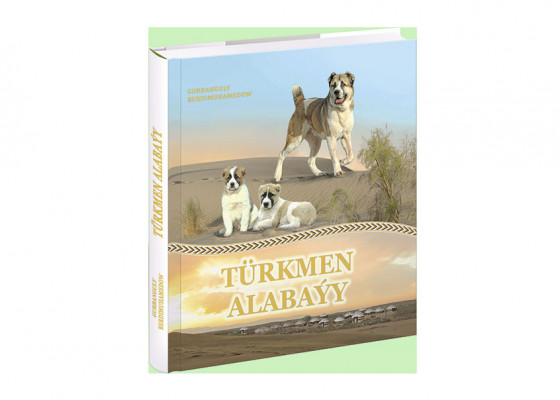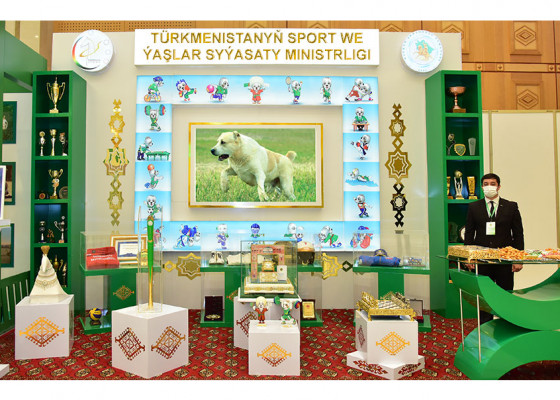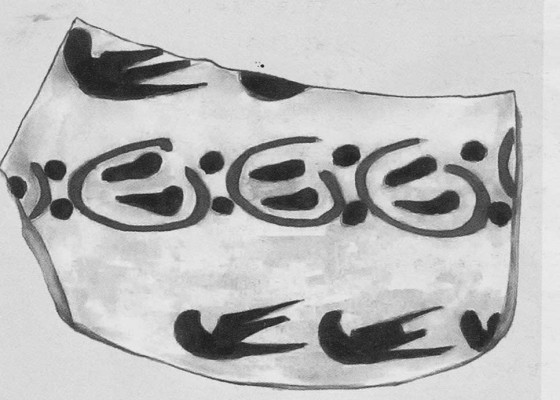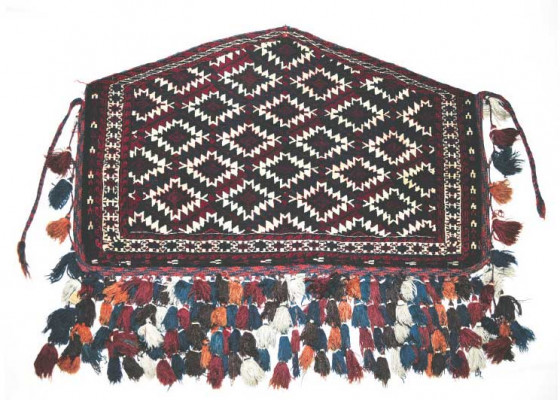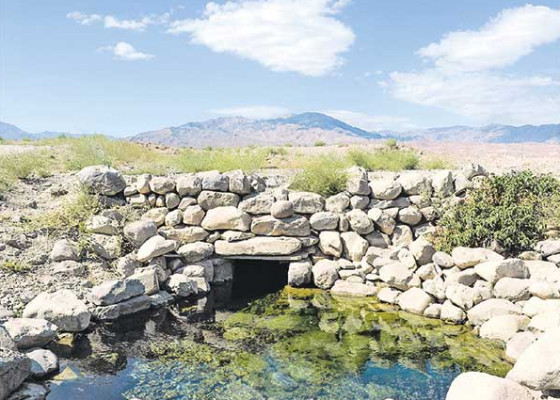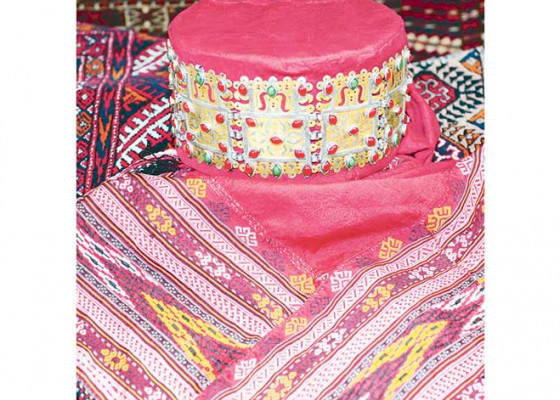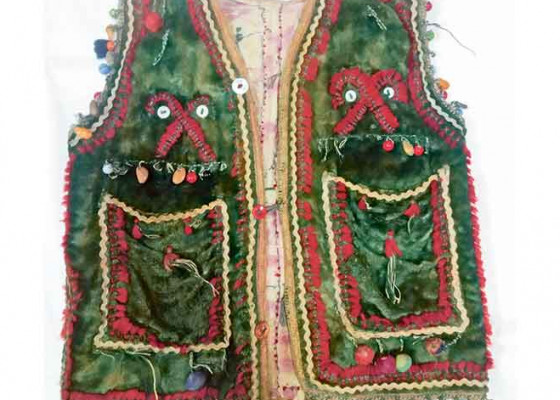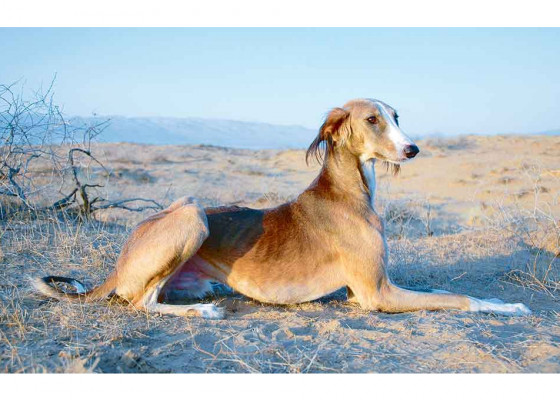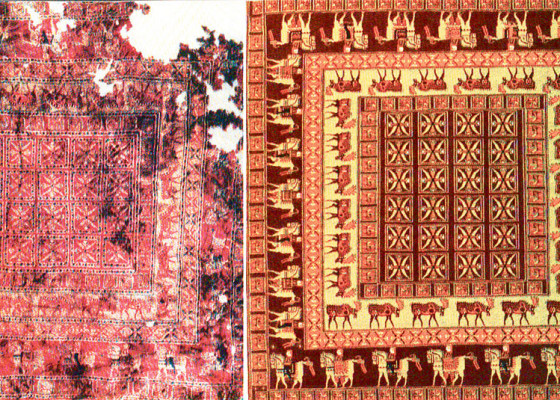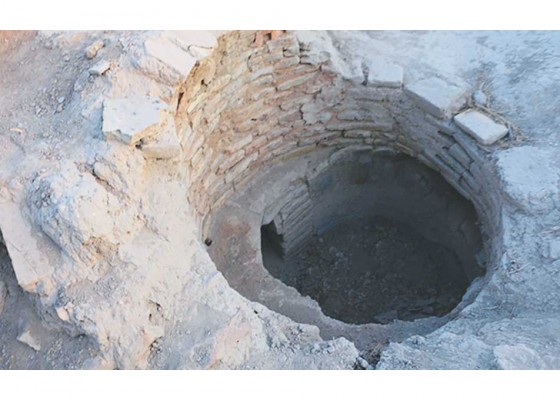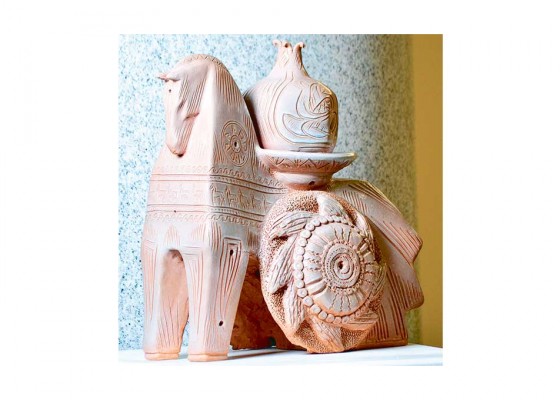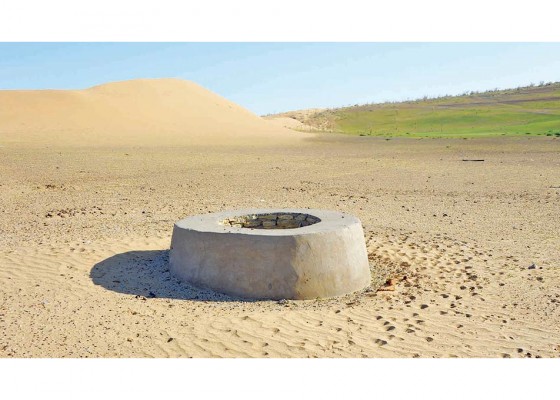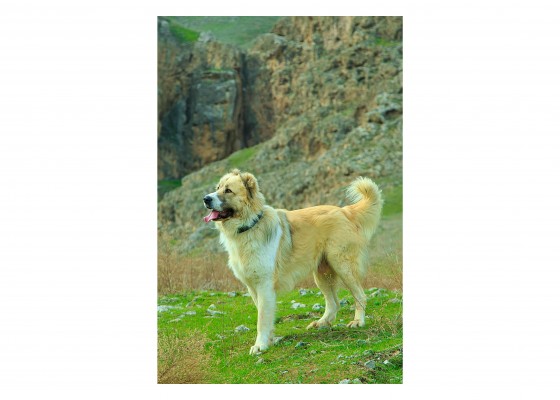Ceramic Calligraphy
Calligraphy (from Greek – the art of beautiful handwriting) – an ancient branch of applied graphics, the aesthetic design of a handwritten font is very popular among the many trends of Islamic arts. Calligraphy occupies a special place in the art of Islam. It came from the copying of the Holy Qur’an and began to flourish at the earliest stages of Islamic history. Soon the letters turned into decorative ones, and an angular pictographic form, which resembles the simplified types of hieroglyphs, developed. This form of writing was called Kufi (after the city of Kufi in Iran) and continued to be used for five centuries after the rise of Islam. In addition, it was used to write the titles of manuscripts and their sections. At first, the Arabs used the Hijazi script, which retained cuneiform writing with right angles. Gradually, new handwritings began to develop, most of which were variants of the “magnificent six” calligraphic scripts recognised as canonical. These Are Naskh, Muhaqqaq, Suls, Riqah, Rayhani and Tauqi. Each script was used in a certain area.


